The Hedgehogs of the Sonoran Desert
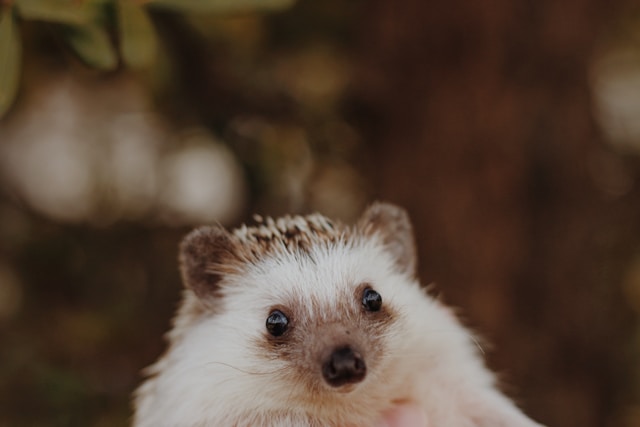
Before the dog days of 2023, the only mammal I wanted as a pet was a hedgehog. However, every time I got the urge to purchase a captive-bred hedgie, I’d remember that they were nocturnal. Sellers say you can interact with your hedgehog as they awake at dinnertime for some fun before bed. I prefer […]
Yellow is the Color of Spring!
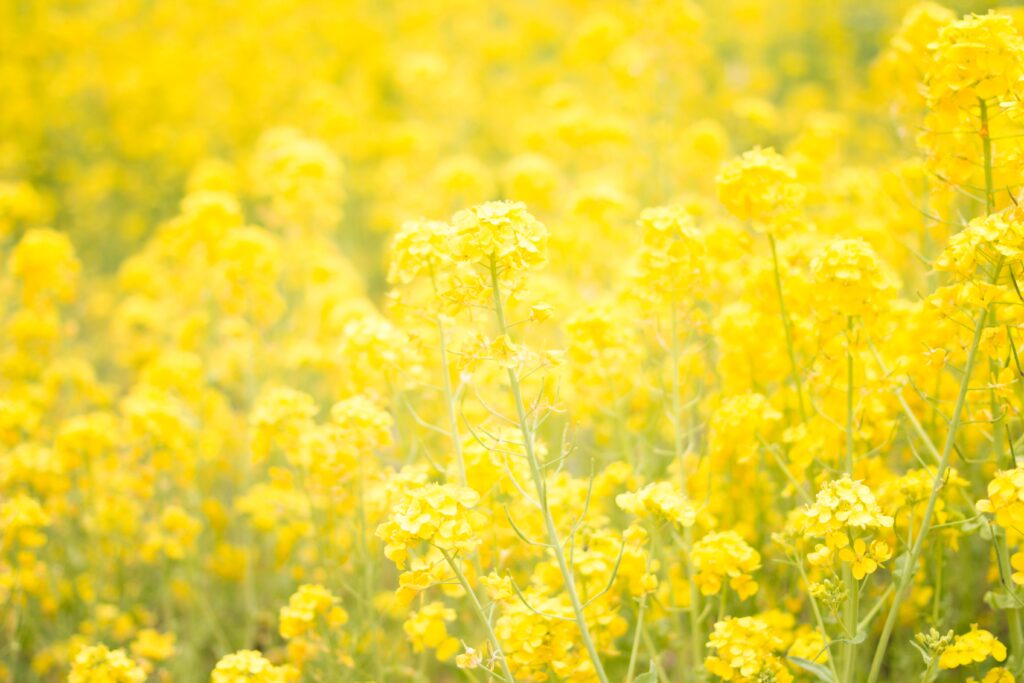
Growing up in Illinois, I knew the blooming of the forsythia bushes meant spring had arrived. The bright yellow flowers of the large bushes added a bright color to the gray of winter. This memory came to me as I enjoyed the yellow flowers of spring here in the Sonoran Desert. We had good winter […]
My, What Big Leaves You Have!
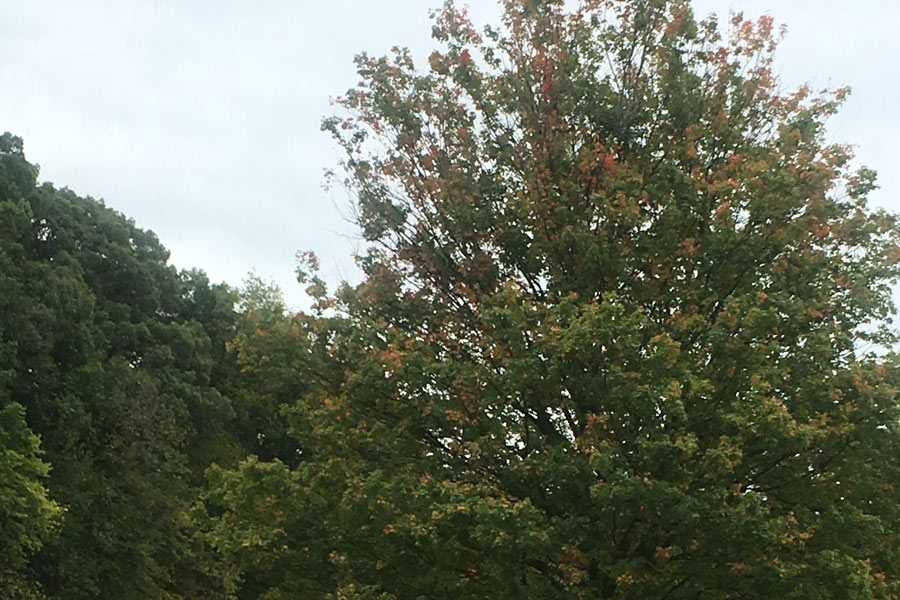
When I need an ocean fix, I head to the warm waters of the Gulf of Mexico. But when I need a green fix, I head back to my hometown of Peoria, IL. I call it my writing retreat because I sit on my cousin’s back porch, where my muse refreshes and my writing output […]
Celebrate Invasive Species Awareness Every Week!
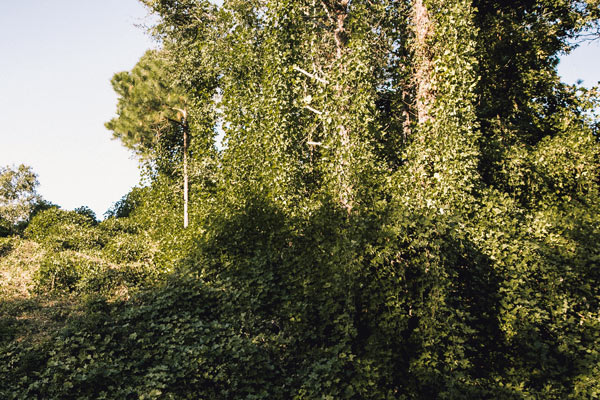
This year, National Invasive Species Awareness Week was from February 28th through March 3rd. It always begins on the last Monday of February. If you’re reading this outside of that particular week, it’s okay. The knowledge and prevention of invasive species are important enough to consider every week. Read on to learn more about why […]
A Spectacular ‘Bloom Night’ 2021 at Tohono Chul Botanical Gardens
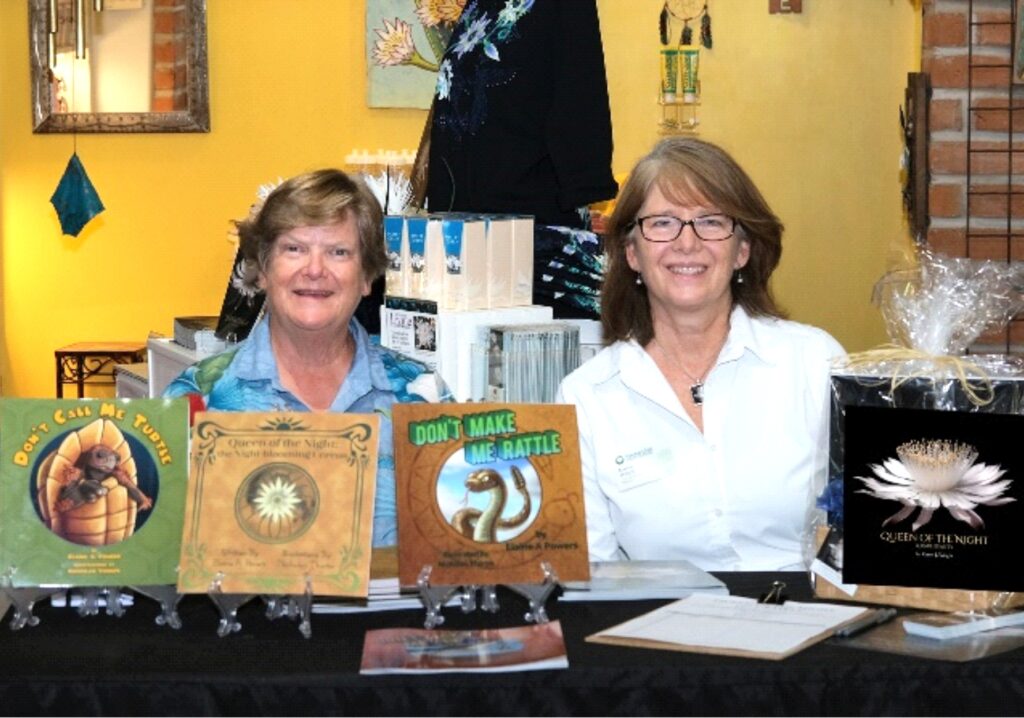
The Night-blooming Cereus had to bloom all alone in the summer of 2020, but this year, they opened in all their glory for the visitors at the Tohono Chul Botanical Gardens on June 30, 2021. Just prior to the 2019 blooming, I published my book, Queen of the Night: The Night-blooming Cereus. I wrote this […]
Come Out and See Me at a Book-Signing on Cereus Bloom Night
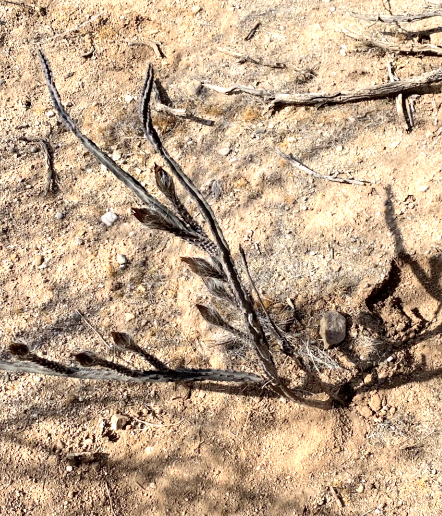
On a recent walk in a Sonoran Desert wash, I came across the plant pictured above. I think it may be a night-blooming cereus, Peniocereus greggii, the first one I’ve seen in the wild. I don’t believe it’s dead—these plants look like sticks in the Sonoran Desert. I have seen many night-blooming cereus plants and […]
Brittlebush Can Take the Heat!
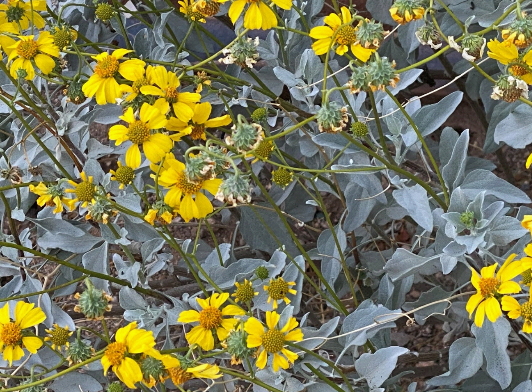
One plant that has always amazed me in the Sonoran Desert is the Brittlebush. No matter how little rain falls nor how hot it is, this bush produces a lush crop of flowers. Brittlebush, Encelia farinose, is a bush native to the Sonoran Desert and is a member of the sunflower family. The leaves are […]
The Very Tall Octopus Agave Plant
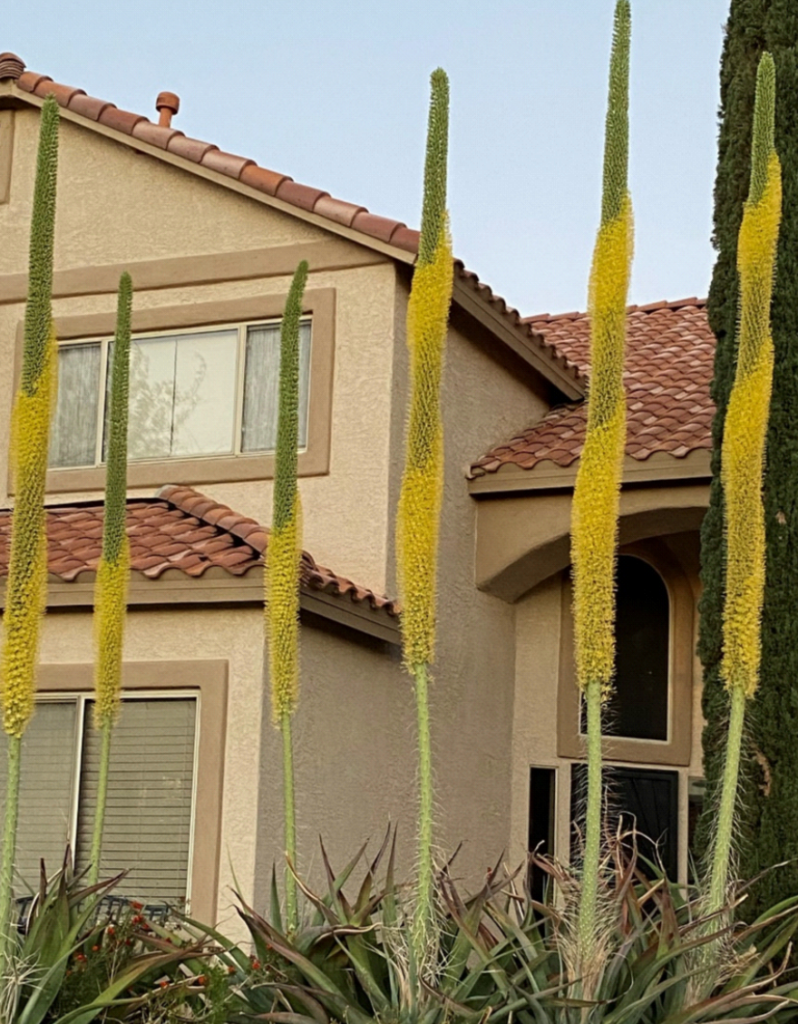
I saw these magnificent agave’s in the neighborhood where my chorus practiced outside. I was astounded by the height of the flower stalks that passed the second floor’s windows. I had to know what plant they were! They are Octopus Agave, Agave vilmoriniana. These plants are native to northwest Mexico, so it’s not surprising they […]
Tomorrow is Earth Day!
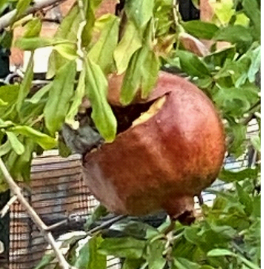
What are you doing tomorrow to celebrate Earth Day? April 22, 2021 is National Earth Day, which, as you probably know, is an annual event to support environmental protection. The goals are to educate people about protecting the world and to learn more about local and global environments. It is a day to realize that […]
Little Cactus, Big Flowers
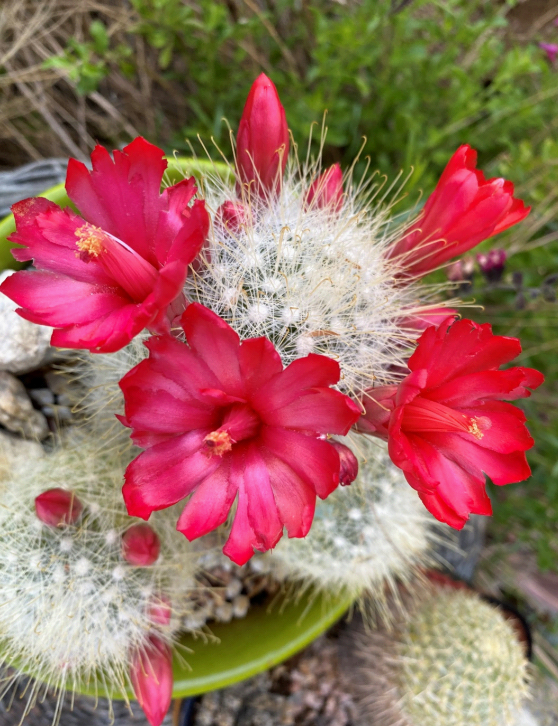
Usually, author Jo Busha writes the blog posts on plants, but one of my potted cacti inspired me to share this magnificent plant with you. Last year, a friend gave me this trio of the cactus, Mammilaria senilis. This mammillaria is native to northern Mexico, growing on moss-covered boulders in high altitude pine forests. I […]
The Lost Pomegranate Crop or Was It Really Lost?
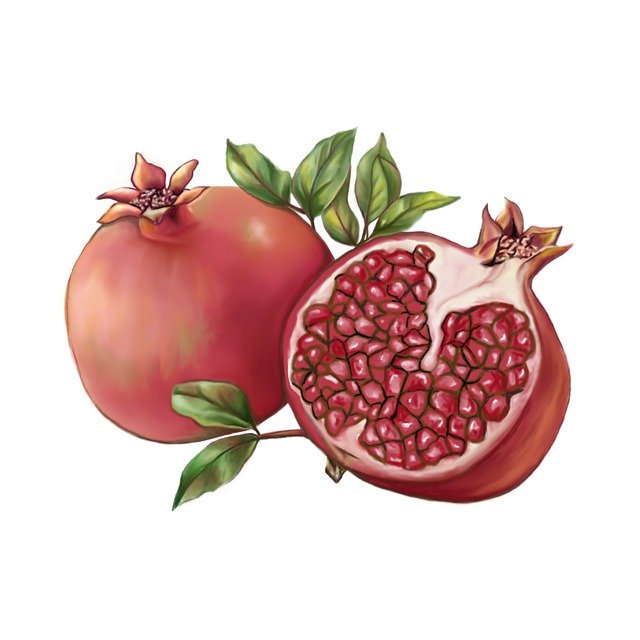
I love pomegranates. I have fond childhood memories of my family sitting around the table, each of us carefully peeling the tough husk off and eating the luscious seeds one at a time. We were careful to wear clothing that could be stained with the permanently dyeing juice. Brought to the Sonoran Desert by Spanish […]
The Marshmallow: Not Merely Fluffy Sugar
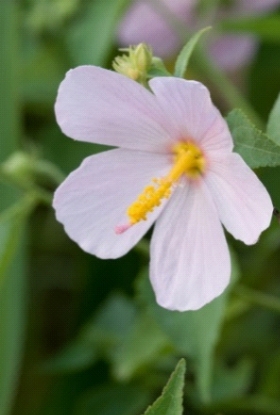
In a previous blog, I related a story how even in my early years, I was working to keep wild alligators away from people food with stale, very hard, marshmallows. This occurred on Sanibel Island, FL. Have you ever thought about where marshmallows come from? My marshmallow story took place on Sanibel Island, FL, where […]